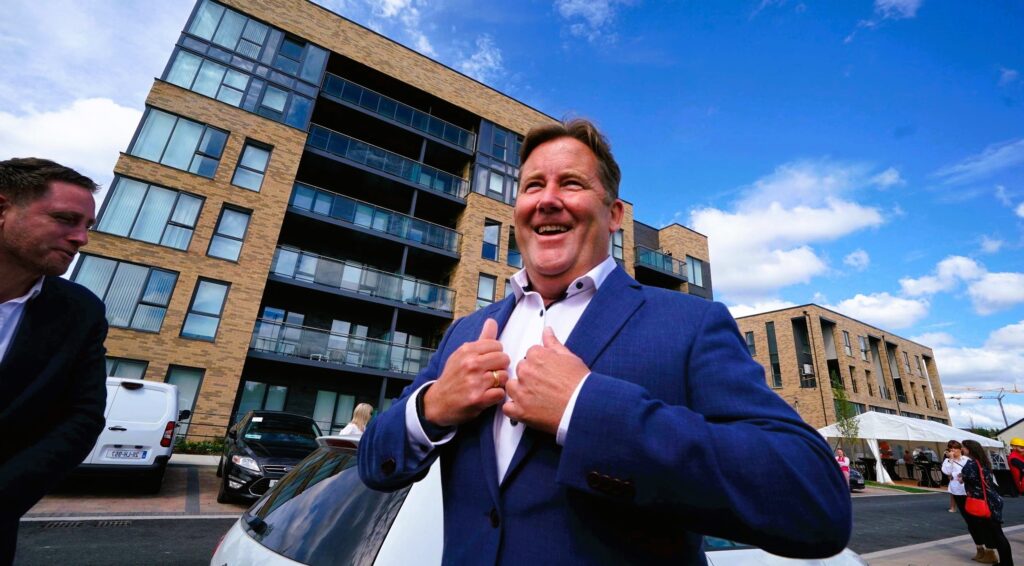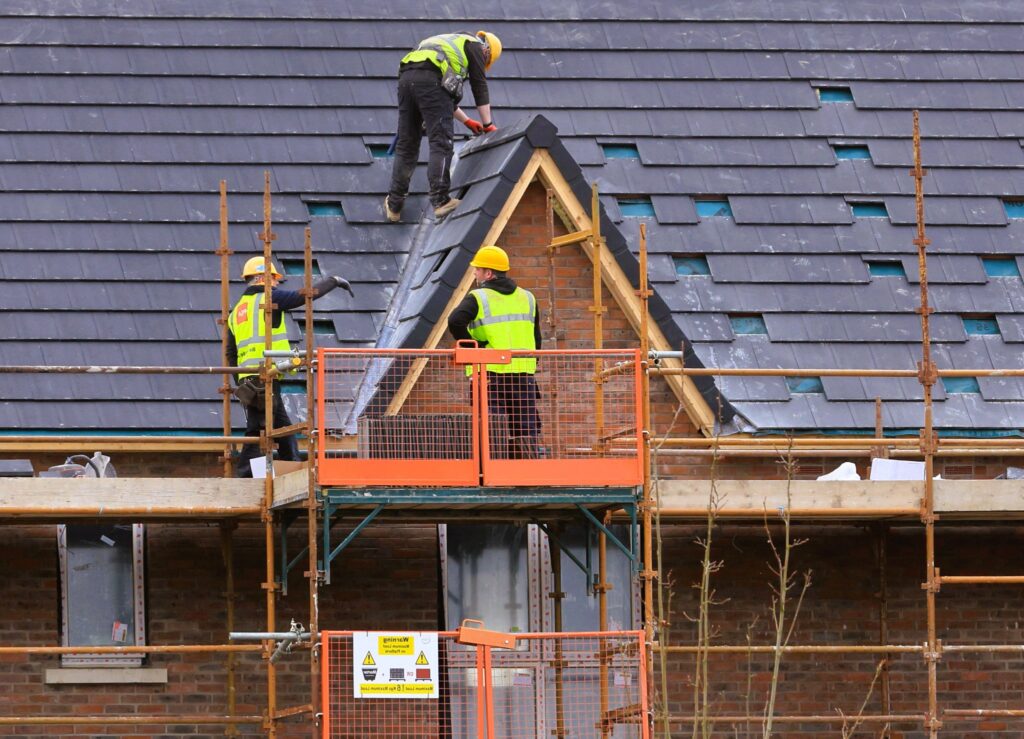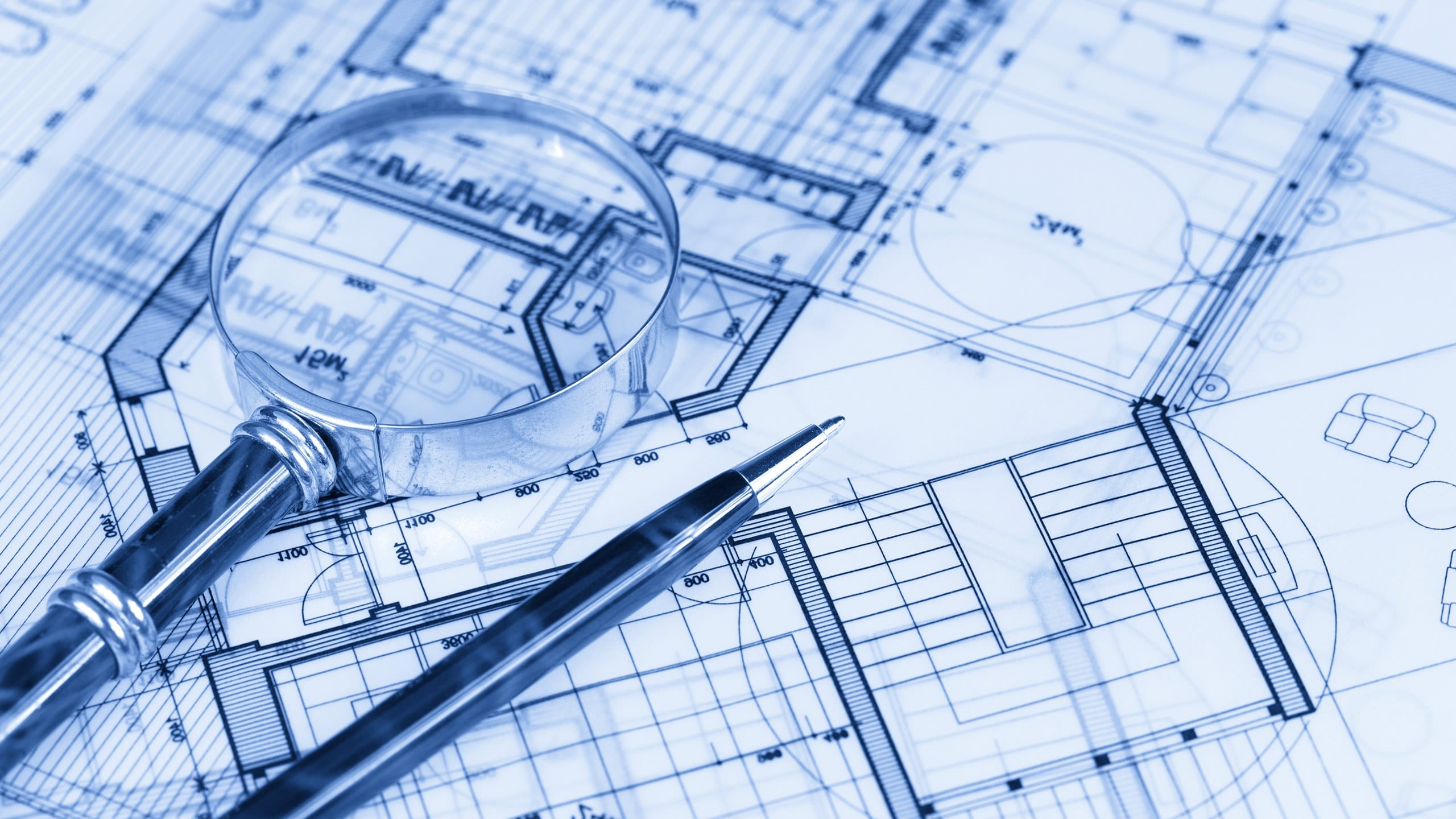Understanding Construction Subsidies in Edmonton: Who Qualifies and How to Apply
Construction subsidies play a vital role in fostering economic growth, supporting infrastructure development, and promoting sustainable construction practices. In Edmonton, the municipal government, in collaboration with various agencies and organizations, offers a range of construction subsidies to eligible individuals, businesses, and organizations. These subsidies aim to incentivize construction projects that contribute to the city’s development goals while providing financial support to those who qualify. This article delves into the various construction subsidies available in Edmonton, outlines the qualifications for eligibility, and provides insights into the application process.
What are Construction Subsidies?
Construction subsidies are financial incentives provided by governments, non-governmental organizations, or private entities to offset the costs of construction projects. These subsidies are designed to encourage specific types of development, stimulate economic activity, and promote the construction of critical infrastructure or projects aligned with community needs. In Edmonton, construction subsidies target various aspects of development, including affordable housing, sustainable building practices, infrastructure enhancement, and community development initiatives.

Types of Construction Subsidies in Edmonton
- Affordable Housing Subsidies: One of the primary focuses of construction subsidies in Edmonton is affordable housing. The city offers financial assistance to developers and builders engaged in projects that provide affordable housing options to low and moderate-income residents. These subsidies aim to address housing affordability challenges and ensure that diverse housing needs are met within the community.
- Green Building Subsidies: Edmonton is committed to sustainable development and encourages green building practices. Builders who incorporate energy-efficient technologies, renewable energy sources, and eco-friendly construction materials may qualify for green building subsidies. These incentives support projects that contribute to the city’s environmental sustainability goals and help reduce the carbon footprint of buildings.
- Infrastructure Development Subsidies: The city of Edmonton provides subsidies for infrastructure development projects that enhance transportation, utilities, and public amenities. These subsidies facilitate the construction of vital infrastructure, including roads, bridges, parks, and community centers, to improve the overall quality of life for residents. Development of the construction community, with the help of state discounts and benefits, more details at the link.
- Community Development Subsidies: Community-oriented construction projects, such as recreation centers, libraries, and community hubs, may be eligible for subsidies that promote social cohesion and improve neighborhood livability. These subsidies support initiatives that create spaces for residents to come together, fostering a sense of belonging and community engagement.
- Brownfield Redevelopment Subsidies: Brownfield sites, which are abandoned or underutilized properties with potential environmental contamination, can be challenging to develop. Edmonton offers subsidies to encourage the revitalization of brownfield sites, transforming them into productive and safe spaces that benefit the community.
Qualifications for Subsidy Eligibility
To qualify for construction subsidies in Edmonton, applicants must meet specific criteria set by the relevant granting authorities. The eligibility requirements may vary depending on the type of subsidy and the goals of the funding program. Some common qualifications include:
- Project Relevance: The construction project must align with the goals and priorities outlined in the subsidy program. For example, affordable housing subsidies require that a certain percentage of units be designated as affordable housing for eligible income groups.
- Financial Viability: Applicants may need to demonstrate the financial viability of their project, including a detailed budget, funding sources, and potential revenue streams.
- Environmental Compliance: Green building subsidies may require adherence to specific environmental standards and certifications, such as LEED certification, to ensure the project’s sustainability objectives are met.
- Community Impact: Community development subsidies often prioritize projects that have a positive impact on the surrounding neighborhood and contribute to community well-being.
- Compliance with Regulations: All construction projects must comply with relevant building codes, safety standards, and zoning regulations to be eligible for subsidies.
How to Apply for Construction Subsidies
Applying for construction subsidies in Edmonton involves a systematic process to ensure fairness, transparency, and efficient allocation of funds. Here are the general steps to apply for subsidies:
- Research Subsidy Programs: Start by researching the various subsidy programs offered by the City of Edmonton, provincial government, or other funding agencies. Each program will have specific eligibility criteria and guidelines.
- Preparation and Documentation: Gather all necessary documents, such as project plans, budgets, financial statements, and any required certifications or permits. Ensure that the project meets the criteria outlined in the subsidy program.

- Submit Application: Submit the completed application form and all supporting documents to the appropriate granting authority or agency. The application process may be online or require physical submission.
- Application Review: The granting authority will review the applications and assess them based on the eligibility criteria and program priorities. This process may involve evaluating the project’s feasibility, potential impact, and alignment with the subsidy goals.
- Decision and Notification: After the review process, applicants will receive a decision regarding the approval or rejection of their subsidy application. Successful applicants will receive formal notification and instructions on the next steps.
- Funding Agreement: If approved, the applicant will enter into a funding agreement that outlines the terms and conditions of the subsidy, including reporting requirements and disbursement schedules.
- Project Implementation: With the subsidy secured, the applicant can proceed with the construction project while adhering to the terms of the funding agreement.
Conclusion
Construction subsidies in Edmonton serve as a critical tool in driving economic growth, fostering sustainable development, and addressing community needs. Through various subsidy programs, the city encourages the construction of affordable housing, green buildings, and essential infrastructure, creating a vibrant and inclusive urban environment. Understanding the qualifications and application process for construction subsidies empowers builders, developers, and organizations to leverage financial support for their construction projects, contributing to the overall progress and well-being of Edmonton’s residents.
SOURCES:
- Wikipedia – Construction Subsidies
